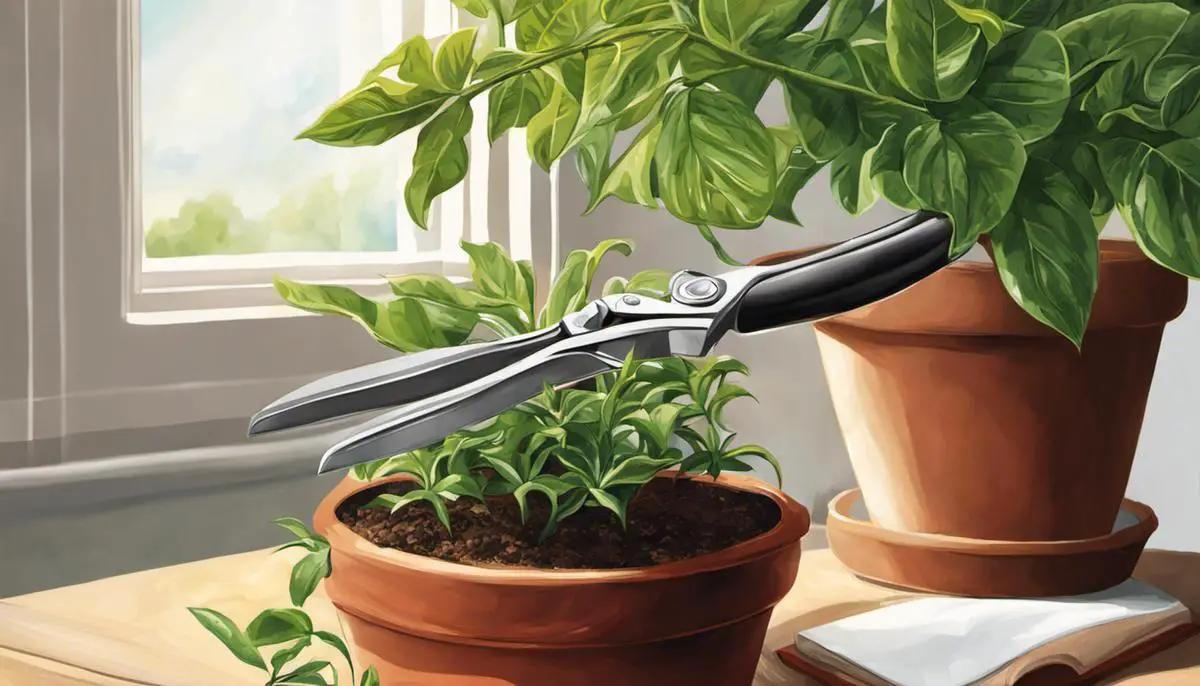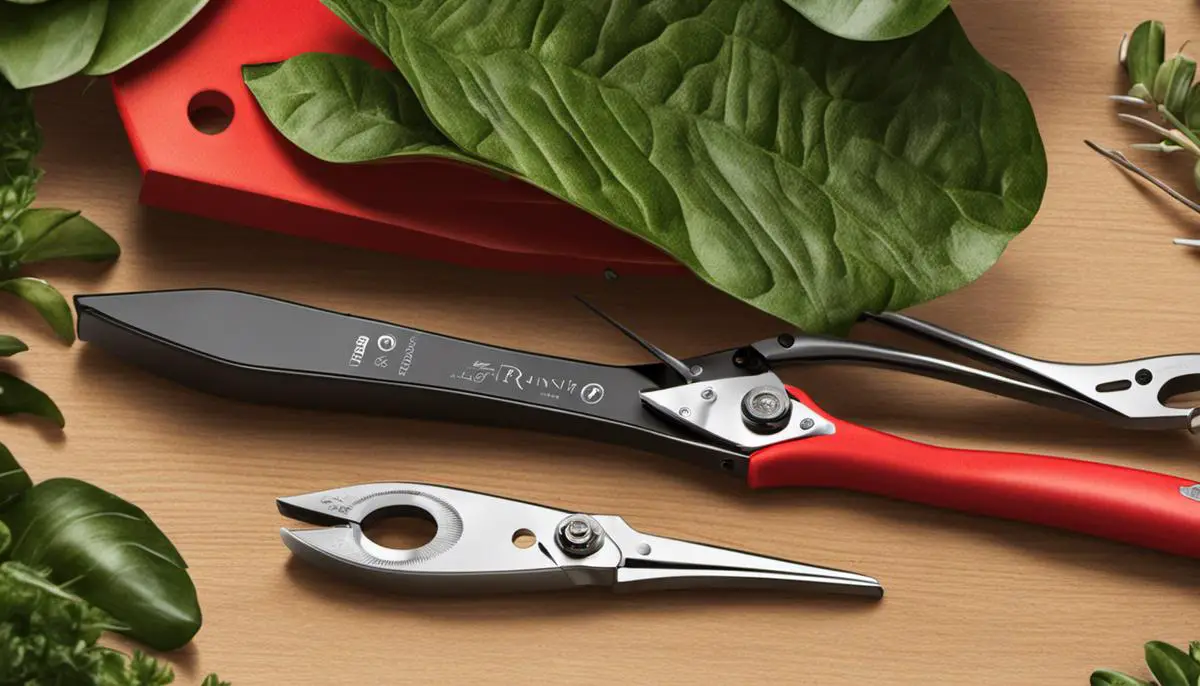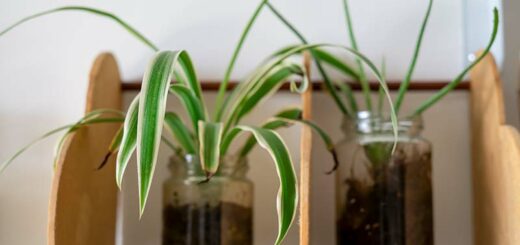Mastering the Art of Trimming and Pruning Houseplants
Pruning and trimming are essential skills for any plant enthusiast looking to optimize their indoor greenthumbs. Just like their counterparts in the wild, houseplants require maintenance and grooming to increase their lifespan, encourage growth, and facilitate their overall health. This begins with understanding the fundamentals of these valuable practices. Pruning and trimming are not generic processes, but are largely dependent on the specific types of houseplants, their varying growth patterns, and the timing of the practice outlining the cycle of these plants. Whether you’re a seasoned indoor gardener or just starting out, enhancing your knowledge about pruning and trimming could translate to more vibrant, healthier, and longer-living houseplants.
Understanding the Basics of Pruning and Trimming
Understanding Pruning and Trimming
Pruning and trimming are similar processes involving the selective removal of certain parts of a plant, such as branches, buds, or roots. The key purpose of these practices is to support the health of the plant by eliminating dead, dying, or overgrown portions that may prevent new growth, and enhancing the overall aesthetic appeal of the plant.
Importance of Pruning and Trimming
Regular trimming and pruning are essential for the health and longevity of your houseplants. They encourage balanced growth by ensuring that nutrients aren’t wasted on plant sections that are dying or overgrown. Through pruning, you can control a plant’s shape and size, and ameliorate the quality and quantity of its flowers or fruits. Moreover, this practice is crucial for preventing disease, as removing unhealthy sections of a plant can stop the spread of plant pathogens.
Types of Houseplants and Their Growth Patterns
Different types of houseplants require different care and attention. Succulents, for instance, seldom require trimming or pruning, while foliage plants like ivy or pothos can benefit from frequent trimmings to maintain their shape. It’s essential to understand the growth patterns of your houseplants to determine the right pruning strategy. Plants like philodendrons and pothos tend to be fast growers and therefore may need more frequent pruning compared to slower growing plants like the snake plant or ZZ plant.
The Right Time to Trim and Prune
Typically, the best time to prune is when the plant is in its active growth phase. For majority of indoor plants, this is usually during the spring or early summer. However, it’s important to research your specific type of plant to get a better understanding of its specific growth cycle.
Understanding When Not to Prune
Avoid pruning a plant during its dormant phase, usually in fall or winter, as this could potentially harm the plant. Similarly, if the plant is currently flowering, it is usually recommended to wait until the flowering phase is over before proceeding with a trim.
Risk of Over-Pruning
Over-pruning is a risk that should be avoided. Removing too much of a plant at one time can cause stress and potentially kill the plant. A good rule of thumb is to never remove more than one-third of the plant at a time, allow the plant time to recover before starting your next round of pruning.
In Conclusion
Understanding the basics of pruning and trimming will help ensure the health and longevity of your houseplants. However, it’s always important to do a bit of research on the specific needs of your plants to ensure they are being appropriately cared for.

Procedures and equipment
Identifying When To Prune And Trim Houseplants
Typically, it’s best to trim and prune houseplants during their active growing season, usually spring or summer. During this period, plants can better heal themselves from the cuts made. Trimming and pruning help to maintain the plant’s shape, promote growth, and remove any dead or diseased parts, improving its overall health. Keep an eye for plant discoloration, an overgrowth of branches or leaves, dead leaves or branches, and uncontrolled expansion. These signs indicate that your plant might need a prune or trim.
Making Cuts on Plants
The process of making cuts on plants requires a delicate hand. Generally, you make cuts just above a leaf node with a sharp, sterile pruning tool. Leaf nodes are typically the areas where new growth occurs, so cutting here encourages healthier, fuller growth. Additionally, any cut made should be slant (diagonal). Slant cuts allow water to run off, reducing the risk of disease spread and rot.
The Different Techniques for Various Plant Types
While there’s a general method for pruning houseplants, different plant types might require specific techniques. For instance, for plants with multiple stems like dracaenas, a cut should be at the top of one of the few stems to encourage new growth. Succulents, such as aloe vera plants, require removing entire leaves from the base when they start becoming overgrown. Many foliage plants, like Philodendron, can be pruned anywhere along their stem. Always ensure you research your specific plant type for the most suitable pruning technique.
Tools and Equipment for Pruning
The right tools for pruning and trimming houseplants will largely depend on the size and type of the plant. Basic tools include pruning shears, sanitizing alcohol, and sterile gloves. Pruning shears or scissors, kept sharp and clean, are necessary for making clean, smooth cuts on branches and stems. After each use, clean the tool’s cutting surface with sanitizing alcohol to eliminate any disease-causing pathogens.
For larger, tougher plants, a small pruning saw might be needed. On the other hand, small, delicate plants with thin stems might require smaller, more precise pruning tools like precision pruners.
Maintaining Pruning Tools
Proper maintenance of your pruning tools ensures their long-term use and protects your plants from disease spread. Ensure you always clean your tools, preferably with sanitizing alcohol, before and after use. Always store your pruning tools in a dry, clean place to avoid rusting and degradation. Lubricate the moving parts regularly to keep them moving smoothly and prevent rust. If your tool becomes dull, take the time to sharpen it to avoid damaging your plants with ragged cuts.

Acquiring the right knowledge about pruning, trimming, and the necessary tools equips you to navigate the gardening world effectively. Each snip, cut or trim could be empowering and contribute positively to your plants’ health, growth, and aesthetics. However, it’s as essential to know when to step back and let nature run its course, as excessive pruning can cause more harm than good. When done right, pruning and trimming have the power not only to transform your indoor garden but to foster your growth as a plant enthusiast. As you continue to understand your houseplants on a deeper level, you will come to appreciate the rewarding process of plant care and the beauty of indoor gardening.



